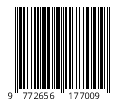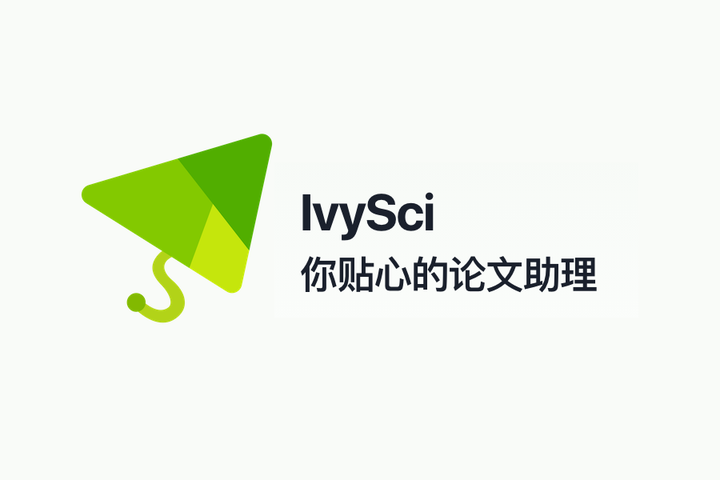Barriers to Building Information Modeling (BIM) Implementation in Pakistan during The Post-Flood Era: An Interpretive Structural Modelling (ISM) Approach
DOI:
https://doi.org/10.35166/jipm.6.1.53-68Keywords:
Building information modelling, post-flood era, Interpretive structure modelling, Architecture, engineering, and construction sector, Infrastructure developmentAbstract
Pakistan experienced one of the most severe floods recently in 2022. The post-flood eras have faced huge destruction in economic loss and infrastructure disaster. Effective infrastructure is essential in the development of a region. Pakistan is a developing country having less availability of resources and a lack of proper planning to cater to natural hazards and faces huge destruction in flood-hit areas. The reasons behind these destructions are unending, some of which have been identified through past literature. Building information modelling is thus a foundation of digital transformation in the infrastructure or architecture, engineering, and the Architecture, engineering, and construction industry. Incorporating BIM in the renovation and rebuilding of infrastructure is a prominent solution to prevent the post-flood era from devastation. This study aims to determine the barriers to the implementation of BIM. After reviewing the literature, several barriers have been identified, and 13 of them have been used in this study as strong hurdles in the implementation of BIM in the post-flood areas of Pakistan. The ISM technique (interpretive structure modelling) has been used to draw results regarding the identified barriers. The results indicated these barriers of different levels corresponding to their importance. This study is a great addition to the growing body of literature regarding flood adverse effects and a practical guideline to the AEC industry where architecture, constructors, and other experts in this field can take great assistance towards lessening and overcoming the barriers identified to implementing BIM.
Downloads
Published
Issue
Section
License
Copyright (c) 2023 Journal of Infrastructure Policy and Management (JIPM)

This work is licensed under a Creative Commons Attribution-ShareAlike 4.0 International License.















